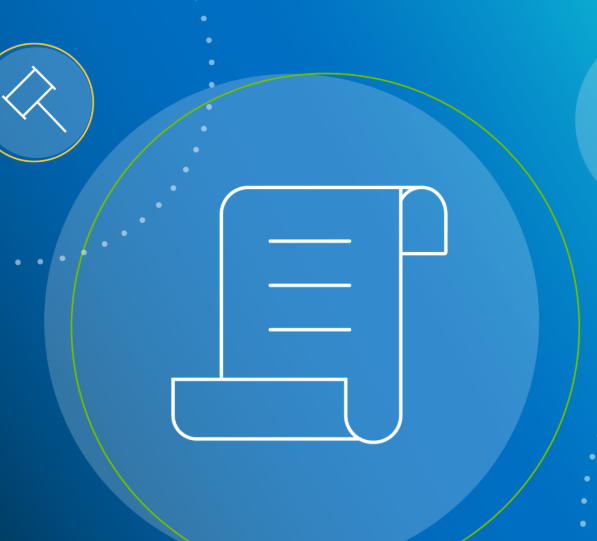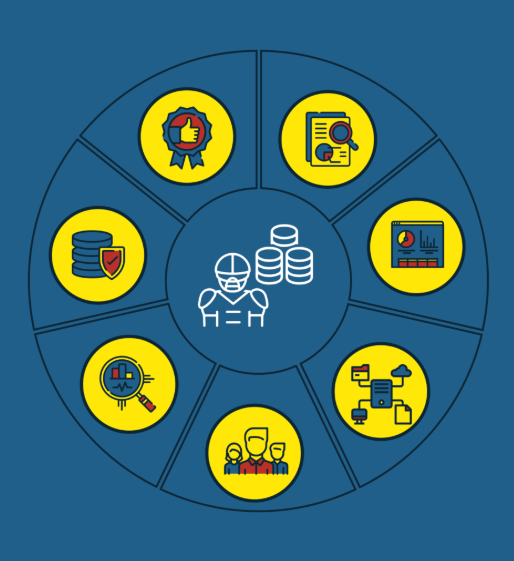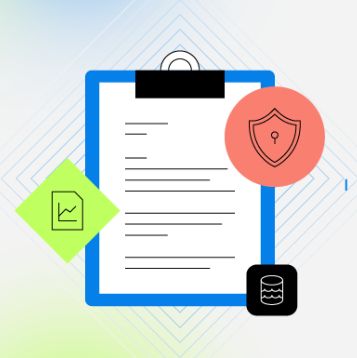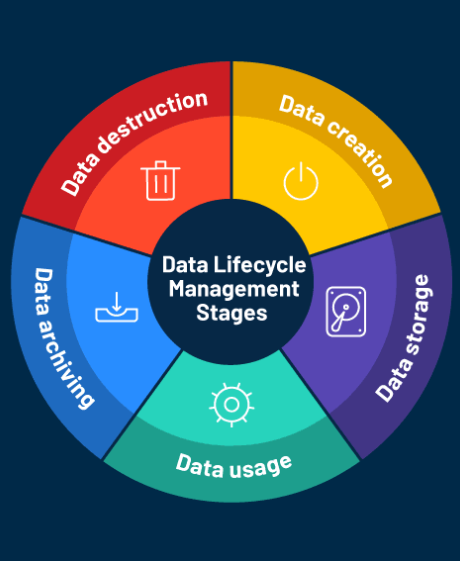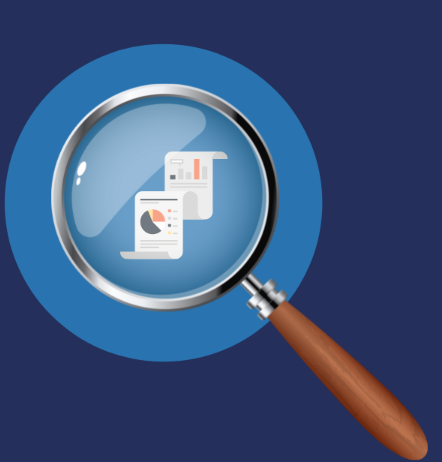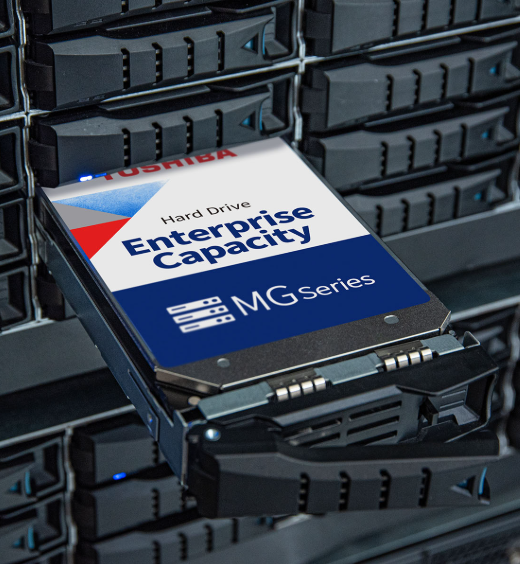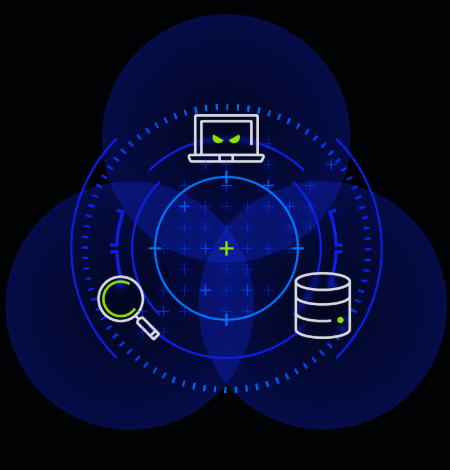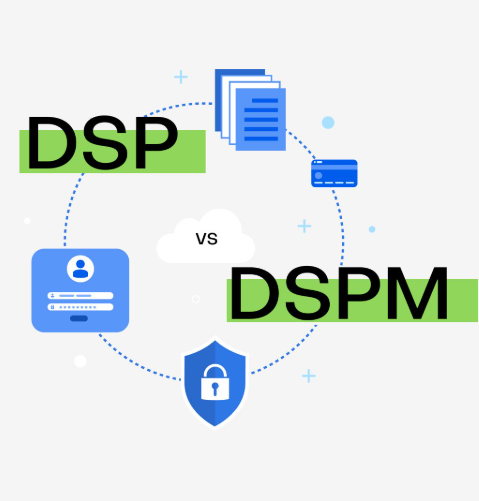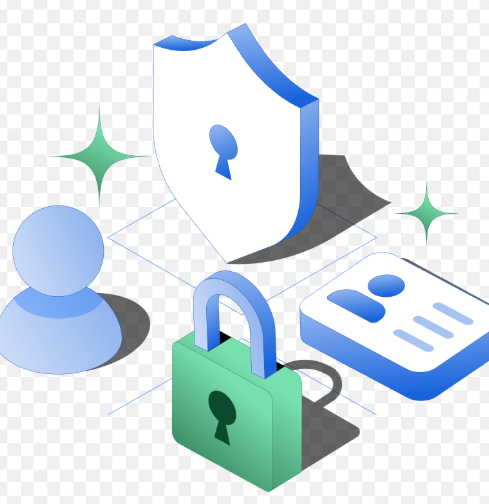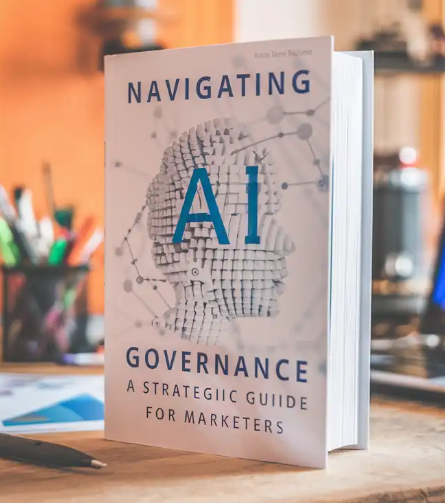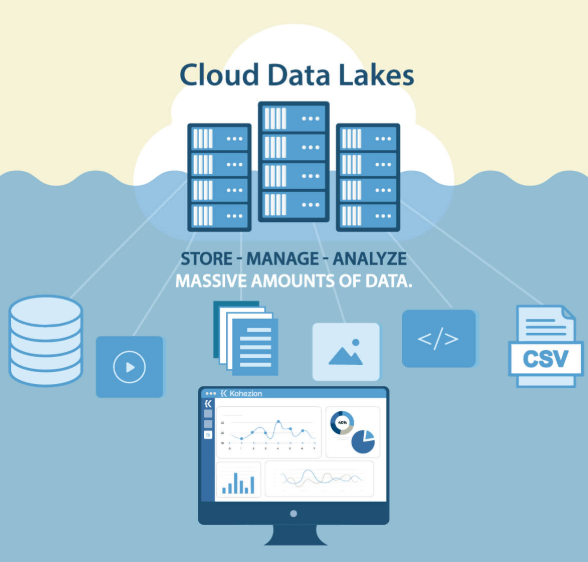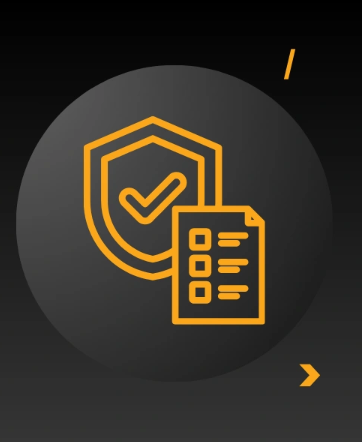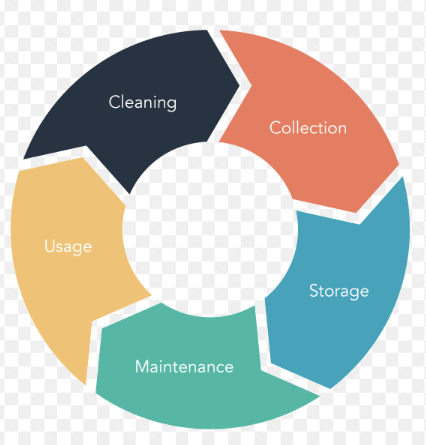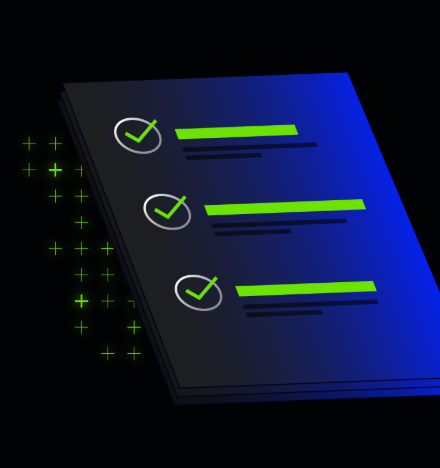
In today’s data-driven world, businesses generate vast amounts of data. Managing this data effectively is crucial, and that’s where data governance comes into play. By ensuring data is accessible, secure, and of high quality, data governance helps organizations maximize the value of their data assets. This strategic framework not only supports better decision-making but also ensures compliance with regulations and enhances data security.
What is Data Governance?
Data governance refers to the processes, policies, and standards used to manage data within an organization. It ensures that data is accurate, accessible, and secure, providing a clear framework for how data should be handled throughout its lifecycle. Effective data governance involves assigning roles and responsibilities, ensuring that the right people have access to the right data at the right time. It helps organizations maintain control over their data while fostering trust and accountability in data-driven decisions.
Data Governance vs. Data Management
Although data governance and data management are often used interchangeably, they serve different purposes. Data governance is the overarching strategy that defines the policies and rules around data usage, including accountability, roles, and processes. It addresses the “who,” “how,” and “why” of data handling.
On the other hand, data management is the execution of those policies. It focuses on the “what” and “when,” involving tasks like data collection, storage, and processing. Both governance and management are integral to a company’s data strategy—governance provides the plan, while management ensures that the plan is followed.
Why Your Business Needs Data Governance
In an era where data is critical to business success, data governance is not optional; it’s essential. A solid data governance strategy ensures the integrity and reliability of your data, which is fundamental for making informed business decisions. It also plays a crucial role in regulatory compliance, helping businesses avoid penalties for breaches and non-compliance.
Moreover, data governance helps improve operational efficiency by eliminating redundant or outdated data. This not only frees up storage space but also ensures that businesses can offer more personalized and accurate customer experiences. Furthermore, it promotes a culture of accountability, with clear data ownership that fosters collaboration and trust within the organization.
Who is Responsible for Data Governance?
Data governance is a collaborative effort that involves several stakeholders across the organization. Typically, a data governance council, comprising members from different departments, is responsible for defining the framework. Data stewards ensure that data is well-maintained, and subject matter experts help enforce policies. IT teams focus on the technical aspects, such as data storage, retrieval, and security.
Ultimately, everyone within the organization shares responsibility for adhering to the data governance framework. Effective data governance relies on a collective effort to maintain the integrity of data assets.
The Data Governance Framework
A data governance framework serves as the strategic structure that guides data management within an organization. It is composed of people, processes, and technologies. Key components of this framework include:
- Principles: These define the strategy, roles, and responsibilities for managing data.
- Policies: These outline the rules and expectations regarding data handling.
- Standards and Procedures: These provide the operational guidelines for data management.
- Data Quality Measures: These ensure that data remains accurate and reliable.
- Audits and Controls: These maintain accountability and ensure compliance.
- Technology Tools: These support the data governance objectives, such as data cataloging and metadata management.
A robust data governance framework should be flexible and adaptable to changing business needs. The goal is to create a culture that values and protects data as a crucial asset for the business.
Best Practices for Implementing Data Governance
Implementing effective data governance involves several best practices that help ensure data is managed properly. These include:
- Secure Executive Support: Having executive sponsorship is critical for driving data governance across the organization.
- Create a Cross-Functional Team: Involve departments like IT, legal, operations, and business to ensure all perspectives are considered.
- Define Roles Clearly: Clearly outline data ownership and responsibilities to ensure accountability.
- Start Small: Begin with a pilot project to test and refine your approach before scaling it up.
- Establish Policies and Standards: Define and enforce consistent policies across the organization.
- Invest in the Right Tools: Choose technology that supports data governance tasks, such as data quality control and metadata management.
- Ongoing Training: Keep staff informed about data governance policies and practices through regular communication and training.
Remember, data governance is an ongoing process that must evolve alongside your business and its technology. These best practices can help you develop a strong foundation for managing your data.
Challenges in Data Governance
Despite its importance, implementing data governance comes with its challenges. Some of the key hurdles organizations face include:
- Lack of Awareness: Many businesses don’t fully understand the importance of data governance or its role in their success.
- Insufficient Executive Support: Without strong leadership backing, data governance initiatives may struggle to gain traction.
- Defining Ownership: In large organizations, assigning clear roles and responsibilities for data governance can be complex.
- Technical Issues: Integrating disparate data sources and ensuring data security can be technically challenging.
- Compliance: Keeping up with evolving regulations and managing privacy concerns is an ongoing challenge.
- Cultural Shift: Creating a data-driven culture that values governance requires time and effort.
Despite these challenges, the benefits of effective data governance far outweigh the difficulties. It’s a valuable investment that can transform your organization’s data management practices.
Choosing the Right Tools
Selecting the right tools is crucial to the success of your data governance strategy. The tools you choose should align with your business requirements and support key functions like data cataloging, metadata management, and data quality control. Additionally, consider factors like security, collaboration capabilities, and scalability when making your choice. Take your time evaluating options and consider trial versions to ensure the tool meets your needs.
The Future of Data Governance
As businesses continue to embrace big data, AI, and the Internet of Things (IoT), the future of data governance looks bright. Advanced technologies like machine learning and AI will help automate data governance tasks, improving accuracy and efficiency. With increasing data privacy regulations, data governance will play an even more critical role in ensuring compliance. Additionally, the rise of data ethics will ensure that data is used responsibly and fairly.
The future of data governance is integral to the success of businesses in the data-driven world. Companies that implement robust data governance strategies will be well-equipped to navigate the complexities of modern data management.




